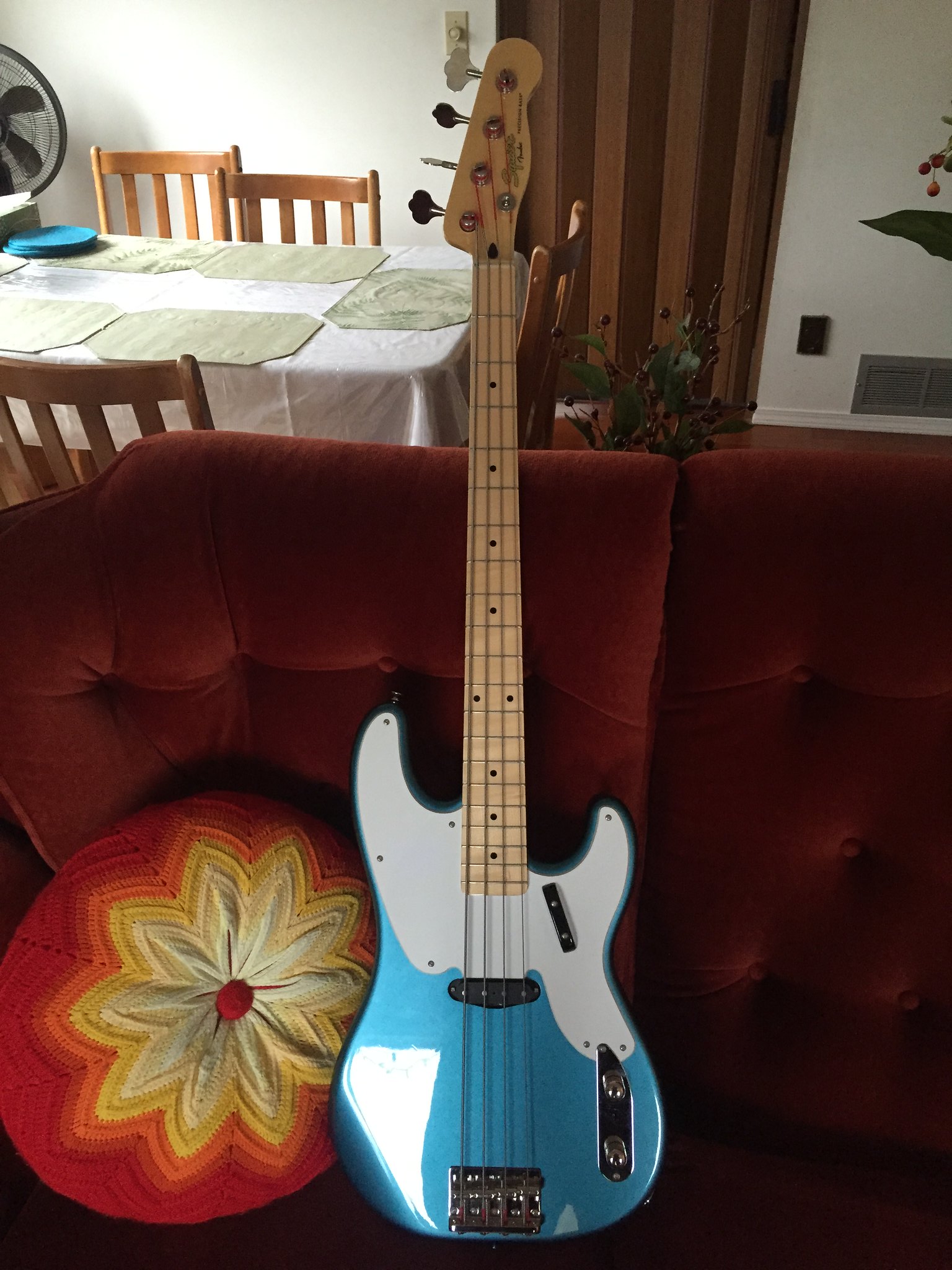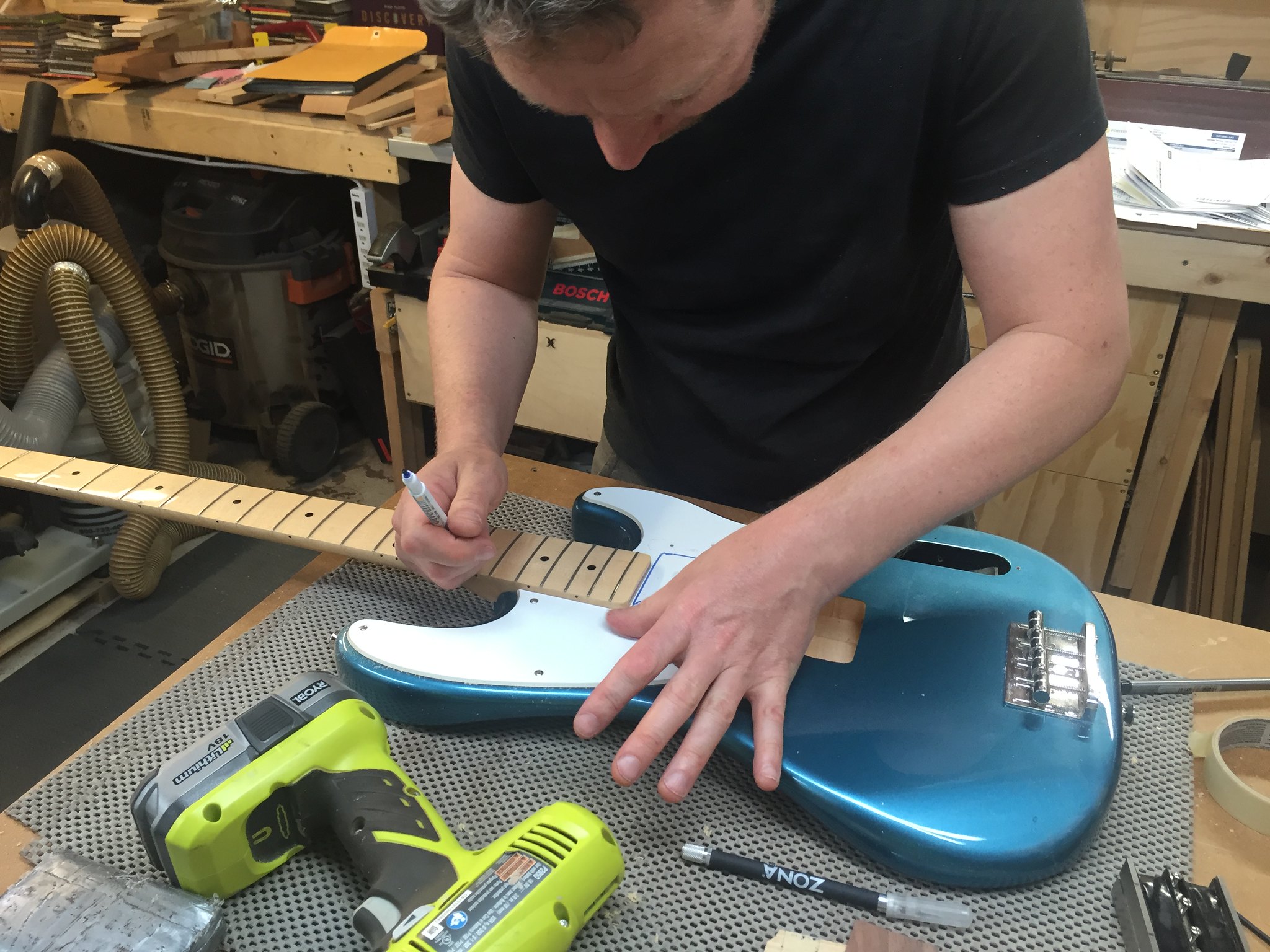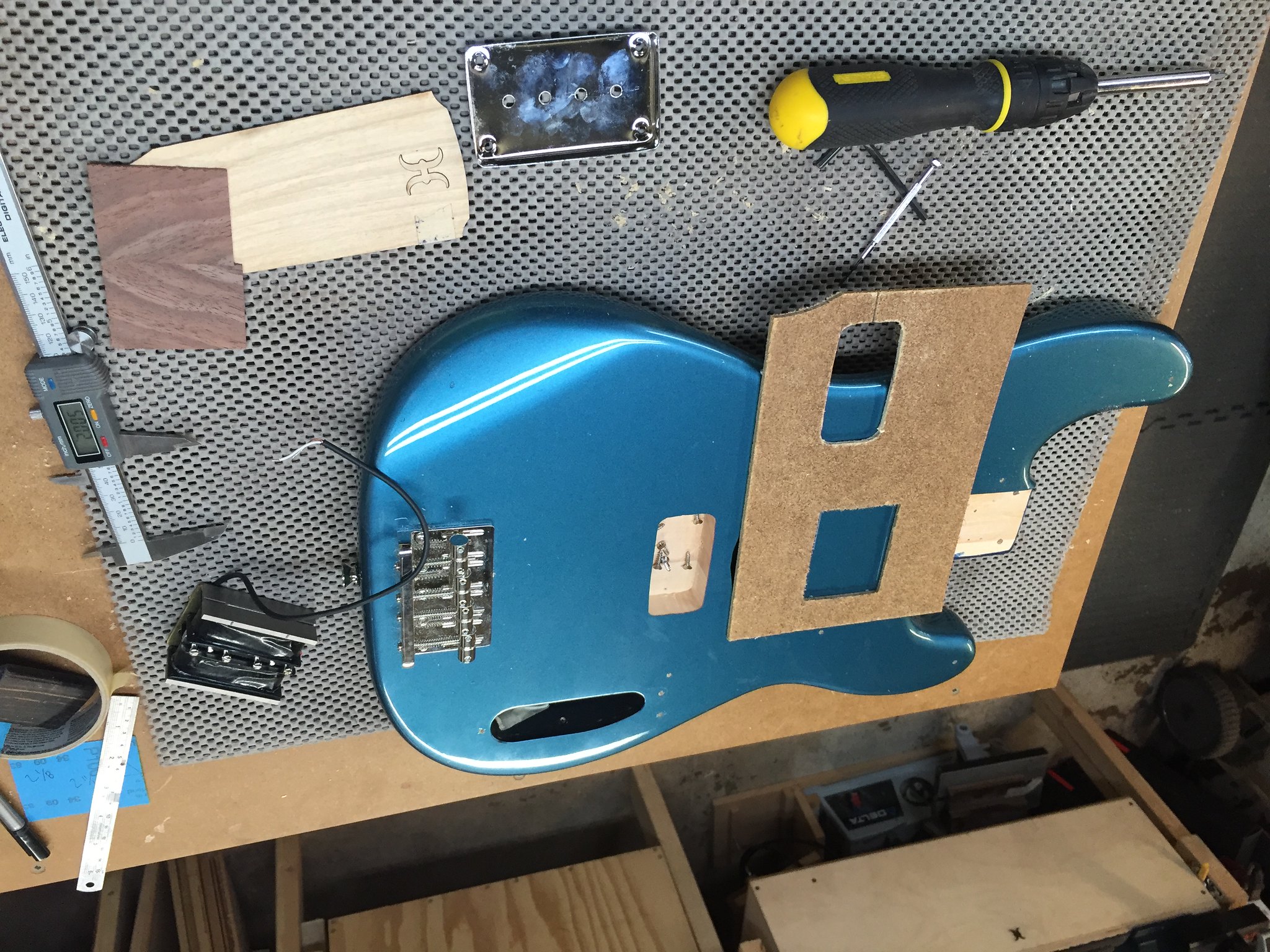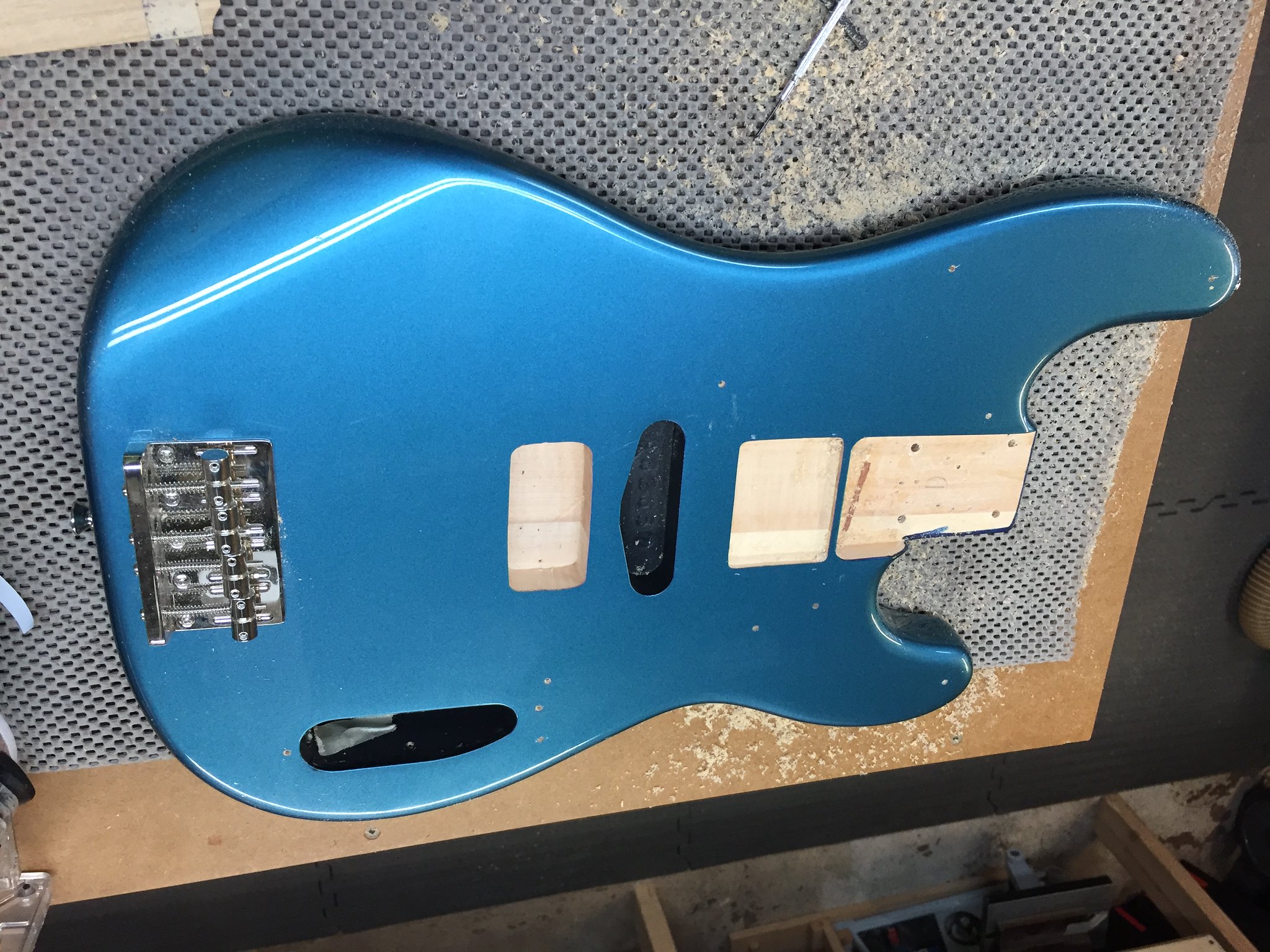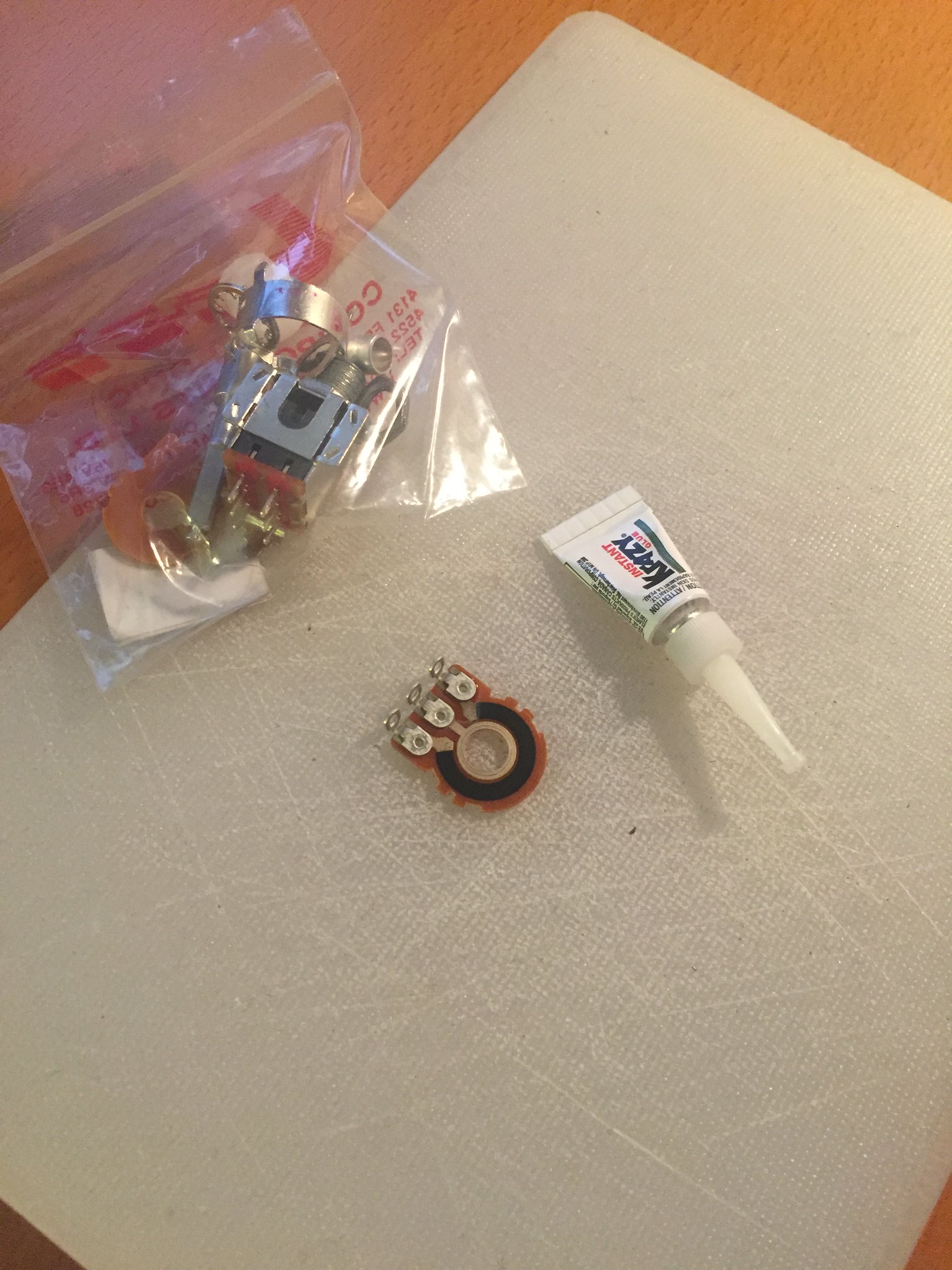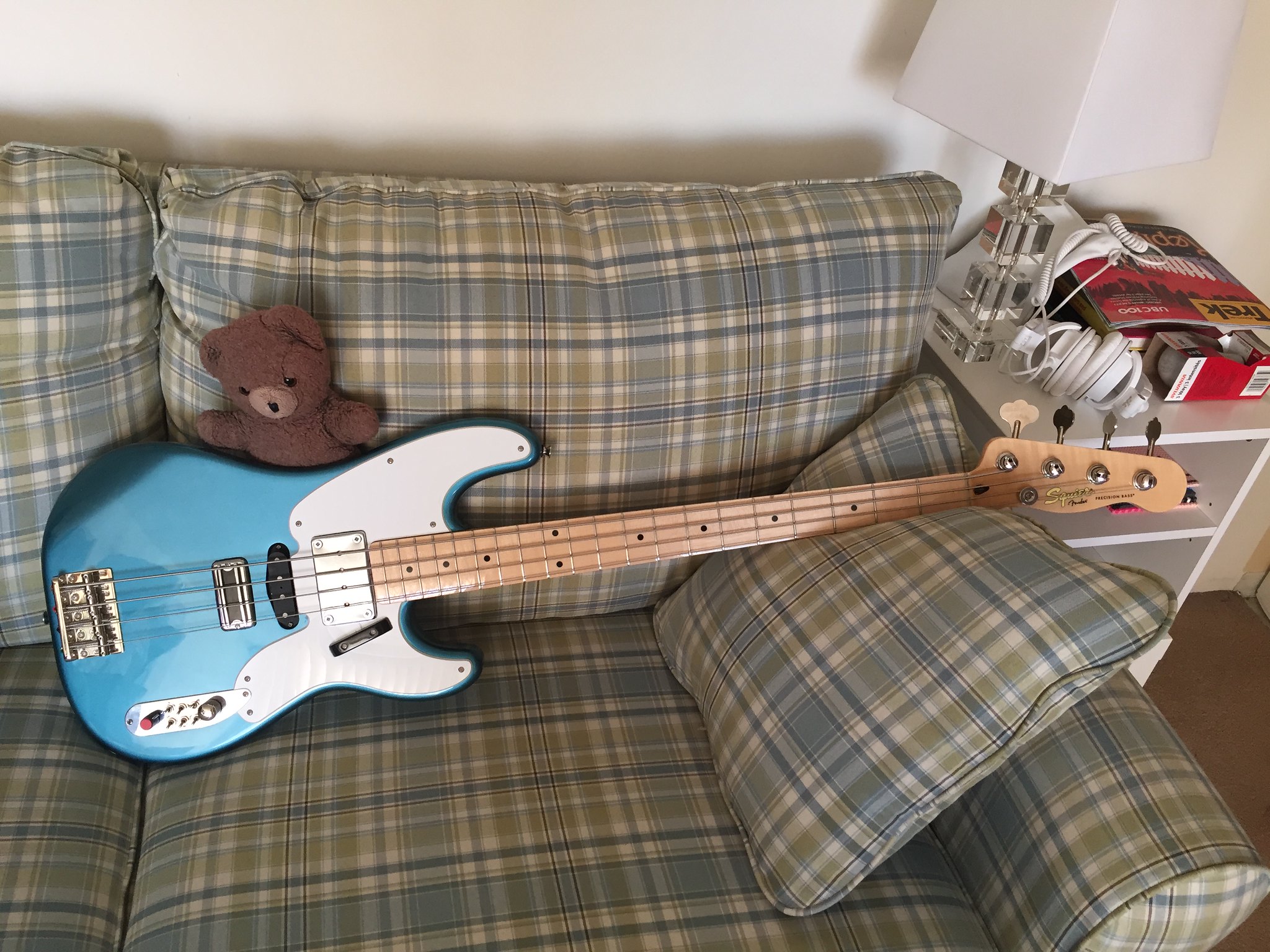I've been known to perform surgery on 16mm Alpha potentiometers -- taking them apart and modifying them to make no-load tone pots for guitars, changing the resistive elements to make push-pull pots with unusual values, etc -- and I'm wondering if it's possible to do the same to the 9mm Alpha potentiometers, as I've never actually seen one in person before:
https://www.taydaelectronics.com/1m-ohm-logarithmic-taper-potentiometer-round-shaft-pcb-9mm.html
In particular, right now what I'd like to do is to pop it open and cut the resistive element to make a no-load tone pot.
I know that some (or maybe a lot) of you use these extensively in 1590A builds; have any of you ever tried this?
https://www.taydaelectronics.com/1m-ohm-logarithmic-taper-potentiometer-round-shaft-pcb-9mm.html
In particular, right now what I'd like to do is to pop it open and cut the resistive element to make a no-load tone pot.
I know that some (or maybe a lot) of you use these extensively in 1590A builds; have any of you ever tried this?

